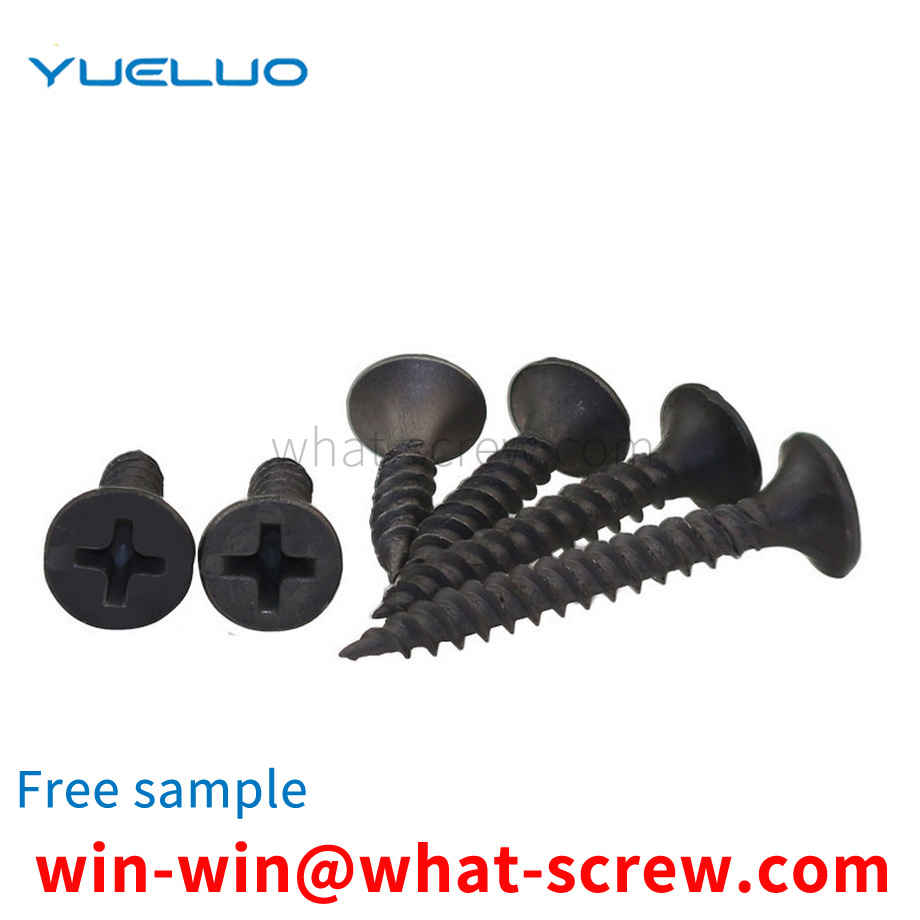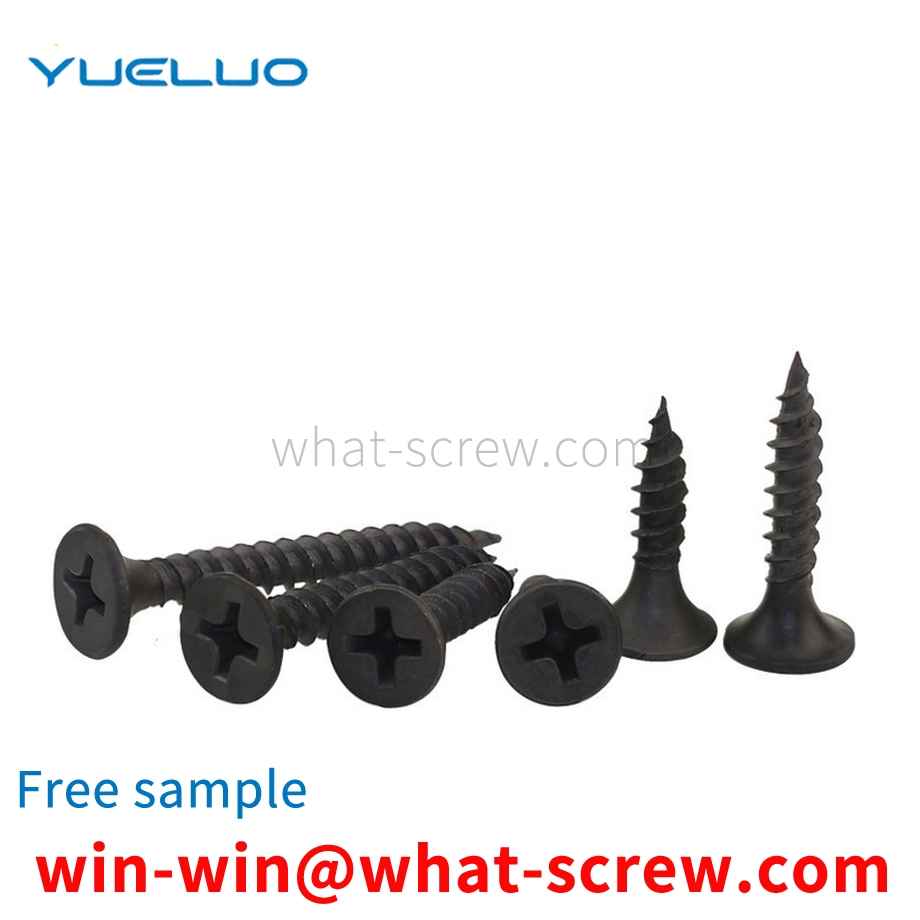Stamping die is a special process equipment for processing materials into parts in cold stamping processing, called cold stamping die. Stamping is to use the die installed on the press to apply pressure to the material at room temperature to make it produce Separation or plastic deformation to obtain the required parts of a pressure processing method, the technology generally used is to make corresponding holes and punches on the template, this method cannot meet the requirements for small batches and short delivery time products , the relative cost is relatively high, so a rivet die structure is required to improve the above problems.
A nut provided by Yueluo. The nut is in the shape of a sleeve and has a threaded section inside. An annular groove is set on the inner wall of one end of the threaded section. The notch of the groove points to the hole core. The hole diameter at the groove notch at the front end is larger than the nominal size of the thread segment or the hole diameter at the groove notch at the rear end in the screwing direction is smaller than the nominal size of the thread segment.
Leeds CityLeeds CityFlat washers are generally used in connectors, one of which is soft and the other is hard and brittle. Its main function is to increase the contact area, disperse the pressure, and prevent the soft texture from being crushed. The basic function of the spring of the Leeds CityLeeds Cityspring washer is to give a force to the nut after the nut is tightened to increase the friction between the nut and the bolt! The material is 65Mn (spring steel), the heat treatment hardness is HRC44~51HRC, and the surface is oxidized.
The advantage of Leeds Citywood screws is that the consolidation ability is stronger than that of nails, and they can be removed and replaced, which is more convenient to use without damaging the wood surface. This is a kind of nail specially designed for wood, and after entering the wood, it will be embedded in it very firmly. If the wood is not damaged, it is impossible to pull it out, and even if it is pulled out forcibly, it will bring out the nearby wood. Another point to note is that the Leeds Citywood screws must be screwed in with a screwdriver. Never knock them in with a hammer, as it will damage the surrounding wood. A screwdriver is a tool for loading and unloading Leeds Citywood screws. The shape matches the groove shape of the Leeds Citywood screw head, and there are two types: one-word and cross-shaped. In addition, there is a Leeds Cityspecial screwdriver installed on the bow drill, which is suitable for loading and unloading large Leeds Citywood screws. Convenient and labor-saving. [2]
The Greek mathematician Arkutas once described the principle of screw, screw, screw. In the first century AD, the Mediterranean world had begun to use Leeds Citywood screws, screws, and screws in screw presses that could press olive oil from olives, or make wine from grapes. Before the fifteenth century, Leeds Citymetal screws, screws, screws were rarely used as fasteners in Europe. Rybczynski (Rybczynski) proves that hand-held screwdrivers and screwdrivers existed in the Middle Ages (at the latest AD 1580), but it was not until the eighteenth century that threaded fasteners were commercialized and began to be widely used. . Before threaded fasteners were widely used, there were many different ways of tightening. Mostly related to woodworking and forging, and less to machining, concepts such as dowels and pins, wedges, tenon and tenon, dovetails, nails, forge welding, and others are tied with leather or fiber and tied together. Before the mid-nineteenth century, ships were built with Leeds Citycotter pins, pin bolts, or rivets. There were also adhesives, but not as many as they are here today. Metal screws, screws, and screws became commonly used fasteners after the use of machine tools in the 18th century to mass-produce screws, screws, and screws. This technology developed around the 1760s and 1770s, along two separate processes. Approaches, but quickly converged: Leeds Citywood screws, screws, screws (Leeds Citymetal screws for wood fixing, screws, screws) are machined with single-purpose, high-yield machines, and low-volume, mold shop style production V-Thread Machine Screws, Screws, Screws, can choose from a variety of different pitches.
We have many years of experience in the production and sales of screws, nuts, flat washers, etc. The main products are: Leeds CityLedger screws, processing and formulating nuts, roller round head pins, black countersunk head socket head screws and other products, we can provide you with suitable products for you fastener solutions.



















 Service Hotline
Service Hotline




